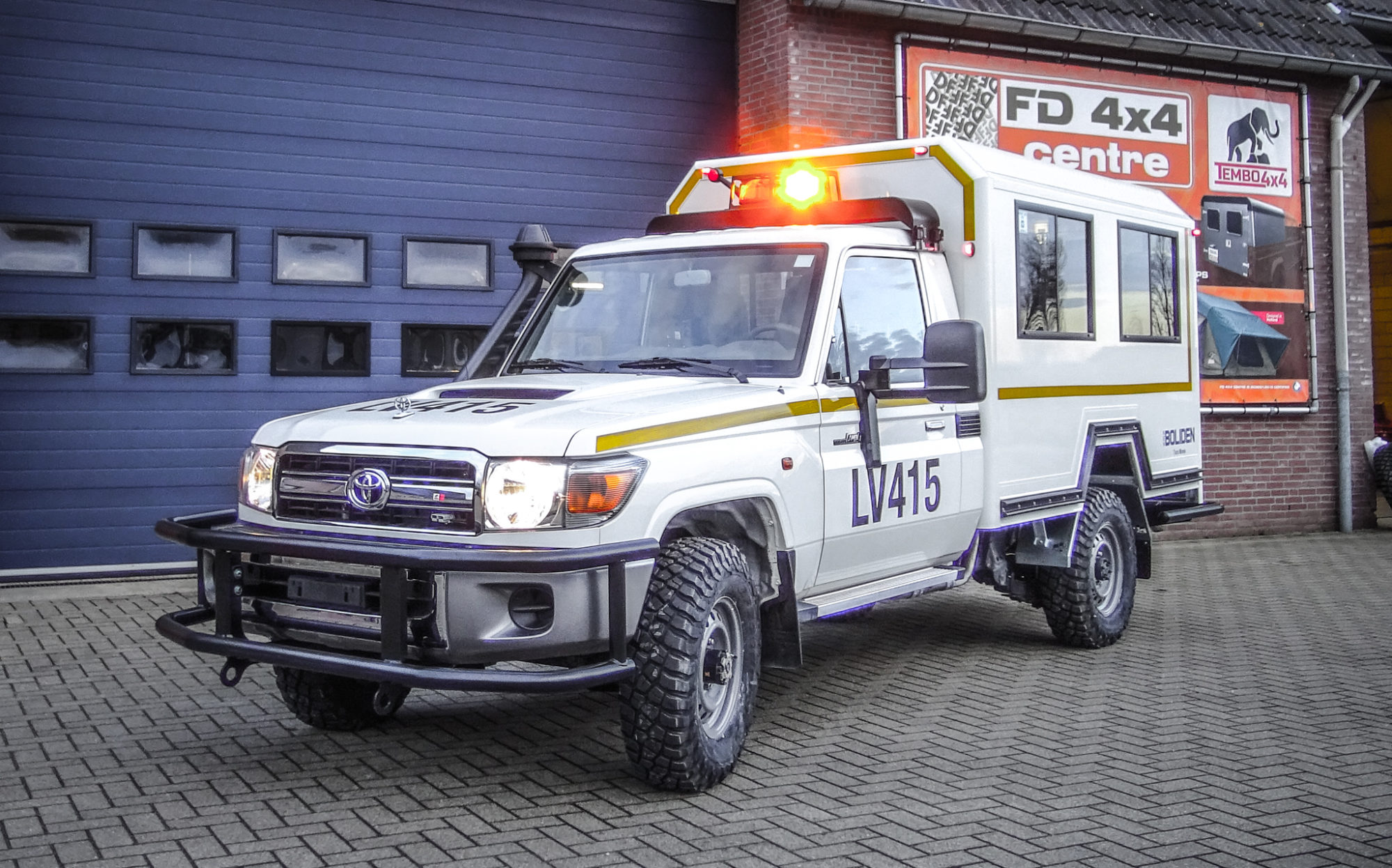Tembo 4×4 e-LV has added a new option to its line-up of battery-powered equipment for the underground mining industry, with an extra-large 10 personnel carrier joining the portfolio, according to one of its distributors.
The new conversion kit is specifically targeted for applications where a maximum number of people are required to be transported at once.
The more spacious supervision vehicle option, which comprises forward-facing six personnel carrier, will also be available as a battery-electric conversion kit.
Last year, Tembo signed an agreement with the GHH Group to include the electric off-road light duty vehicles within its product offering and its worldwide sales and service program. As part of the agreement, GHH offers the vehicles in Germany, Turkey, Greece, Russia, India, the USA, Mexico, Chile, New Zealand, South Africa, Botswana, Mozambique, Namibia, Tanzania, Zambia, Zimbabwe, the CIS states and Latin America.
The conversion kits are for both mechanical and electrical service vehicles, which are based on the enhanced, flatbed platform designed to take any special equipment like a crane or workshop machinery or service equipment for servicing mining machinery, GHH says.
The first Tembo Electric Cruiser came on the market in 2016. The company’s approach to turning the Toyota Land Cruiser and Hilux series into fully-fledged electric multi-purpose vehicles, especially for construction and mining industries, has been well received, with Boliden’s Tara mine, in Ireland, the first to trial one of its ‘green’ machine.
The Tembos correspond largely to the series standard of Toyota, but are equipped with an electric motor with 65 kW of power and 250 Nm of torque, a special 1:3 transmission and a powerful battery designed for at least 10 years or 8,000 charging cycles. They can achieve 80 km run time with a 28 kWh battery pack and 200 km with a 72 kWh battery pack.
In two-and-a-half hours the vehicles are charged from 20% to 80% with the single-phase charger. Using a three-phase charger, this charge time decreases to only one hour.
No external infrastructure is required for operation as a 15 kW charger is also on board with the single phase and a 22 kW with the three phase. Battery recuperation is in place and a charging cable wallbox can also be supplied with the vehicle, if required.
The vehicles reach a top speed of 80 km/h and can climb gradients of up to 45°, GHH says.











